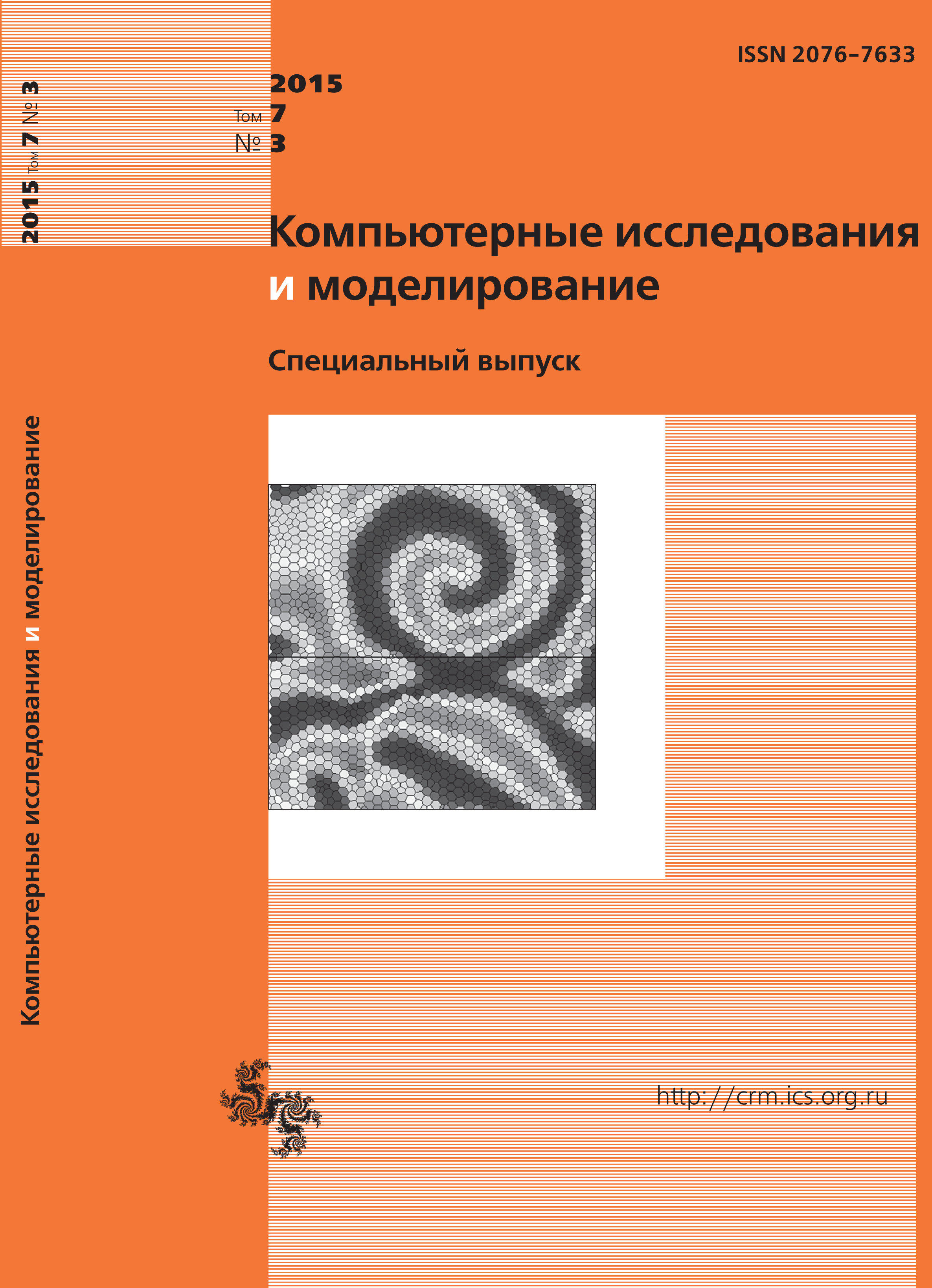All issues
- 2024 Vol. 16
- Issue 1 (special issue)
- 2023 Vol. 15
- 2022 Vol. 14
- 2021 Vol. 13
- 2020 Vol. 12
- 2019 Vol. 11
- 2018 Vol. 10
- 2017 Vol. 9
- 2016 Vol. 8
- 2015 Vol. 7
- 2014 Vol. 6
- 2013 Vol. 5
- 2012 Vol. 4
- 2011 Vol. 3
- 2010 Vol. 2
- 2009 Vol. 1
OpenCL realization of some many-body potentials
Modeling of carbon nanostructures by means of classical molecular dynamics requires a lot of computations. One of the ways to improve the performance of basic algorithms is to transform them for running on SIMD-type computing systems such as systems with dedicated GPU. In this work we describe the development of algorithms for computation of many-body interaction based on Tersoff and embedded-atom potentials by means of OpenCL technology. OpenCL standard provides universality and portability of the algorithms and can be successfully used for development of the software for heterogeneous computing systems. The performance of algorithms is evaluated on CPU and GPU hardware platforms. It is shown that concurrent memory writes is effective for Tersoff bond order potential. The same approach for embedded-atom potential is shown to be slower than algorithm without concurrent memory access. Performance evaluation shows a significant GPU acceleration of energy-force evaluation algorithms for many-body potentials in comparison to the corresponding serial implementations.
Indexed in Scopus
Full-text version of the journal is also available on the web site of the scientific electronic library eLIBRARY.RU
The journal is included in the Russian Science Citation Index
The journal is included in the RSCI
International Interdisciplinary Conference "Mathematics. Computing. Education"







